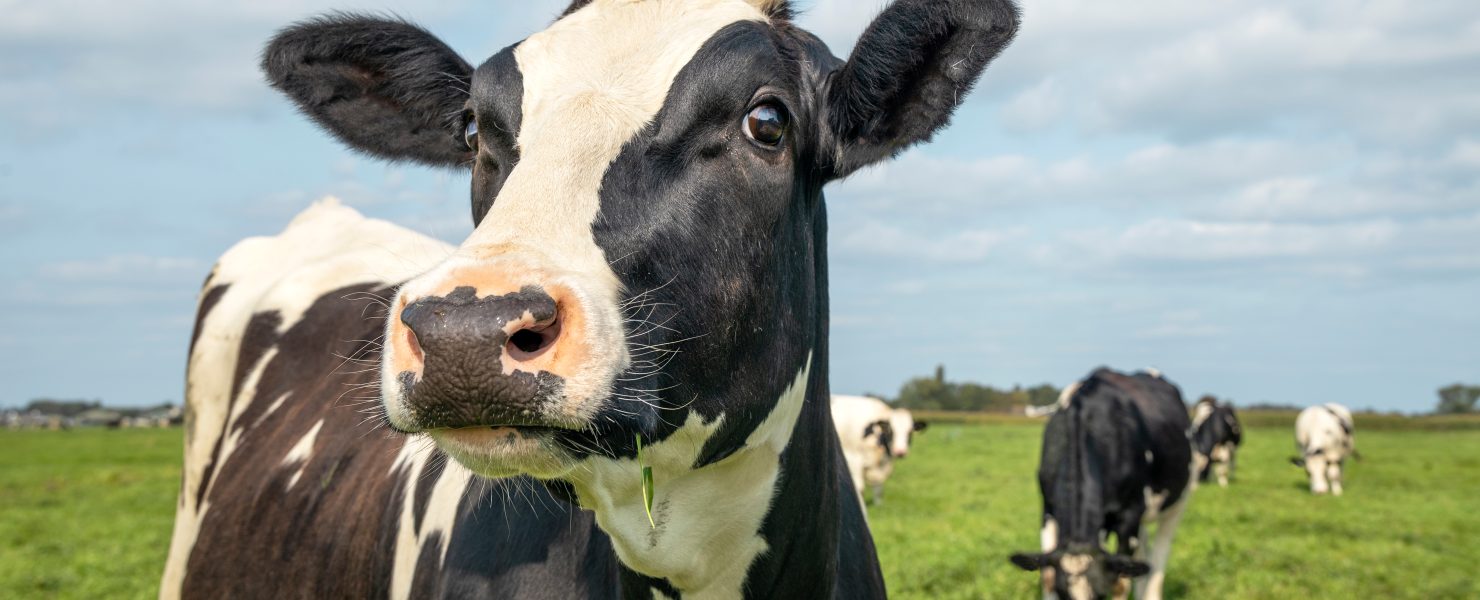
Drying cows off is an opportunity to reduce herd mastitis which only happens once a year. Doing this job well can have great results. Mistakes and treatment failures are frustrating and costly. This means having a good plan and great records of what happened to which cows and when is becoming essential.
Deciding which treatments are used for what cows, involves the milk quality review discussion with your vet. As well as prescribing product, this discussion looks at how well mastitis is controlled, what is working and what needs working on. Information is power, and, with this job, the more we have, the better we can make decisions.
It makes a difference if clinical cases happen in the dry period, in the first week of lactation, from 7 to 30 days after calving or after 30 days, and if this is a heifer or a cow. Bulk cell count data is great, but herd test or RMT results within 80 days of dry-off are essential to select which cows should get what treatment. Any culture results are useful, but especially from hard-to-treat cows, or antibiogram results. It is a great opportunity to look back over last year, plan for a good dry-off this year, and answer any questions that then arise.
Treating cows with the right products is fine, but hygiene at treatment and for the following week is also important, and getting cows to dry off well is essential. Good hygiene when using teat seal alone will prevent losses of quarters and cows. While antibiotic dry cow and combo treatments will manage these risks, this is no excuse not to use the same level of hygiene, in which case these treatments will work better.
So yes, clean each teat with meths or teat-wipes, and treat before letting go of the teat, but also stick to the following protocols:
Hygiene is also important immediately after treatment, so get the cows into a clean dry paddock and off the tracks as soon as possible. The risk period continues until the udder swelling goes down. This will be five to seven days for many, but up to two weeks for some. So have a grazing plan for each group of dried-off cows.
Drying cows off well is just as important as good hygiene and correct treatment, if not more so, as poor dry-off may cause treatment failure or grades. Not all cows are the same. There will be cows producing less than 5l. These are essentially cows that have dried themselves off but have not stopped being milked. There is no value in milking them, they are only increasing bulk cell counts and losing condition, so they need drying off early, along with the poor-condition cows and maybe heifers.
Cows producing between 5l and 10l (0.4-09kgMS/day) are ‘normal’ dry off cows. Never cut water supply. Do not change milking frequency: once a day or 3 in 2 is only good if this has been done for the previous few months. For 1 week before dry off, feed intakes should be about 10kg DMI. Avoid protein (e.g. autumn flush grass), but maize silage and PKE are ok for this mob. You can feed straw for gut fill, and this will result in firmer cow manure, so easier to keep work areas clean on dry off day. Just remember that energy levels of straw are low, so 1-2kg/cow is enough.
After dry off reduce intakes to about 8kg DMI, again avoid protein. Residuals will be low, and cows hungry, and you can increase straw to 3kg for gut fill, and warmth on cold wet days. Remember the paddock needs to be clean, so do not graze into mud; the object is to feed maintenance not ‘controlled starvation’. This mob should be well dried off by a week, and those that are can be drafted on to a weight gain diet.
The cows that are producing more than 10l will require a bit more effort and flexibility. Again, a low protein diet at 10kgDMI, but other than straw, no supplements at all. You may need to keep this up for up to 2 weeks to reduce milk volumes before you dry them off, particularly for teat seal treated cows: you cannot rely on teat seal to prevent milk leakage from cows sitting on distended udders. Do not change milking frequency. After dry off, reduce intakes to 8kg, low protein + straw as with the other mobs, but with these it may take up to 2 weeks before udders are properly dried off and you can start weight gain diets.
After dry off, keep cows away from milkers and the milking shed for more than 10 days – you should do paddock checks for mastitis, and, if you find any infected cows, you will have to draft them and bring them in on their own, or use a stockyard away from the milking shed. Remember that cows can get out of paddocks. If they do, they must be unable to get to the shed or the milking herd. The highest risk for inhibitory grades is still dried-off cows getting milked. All dried-off cows should have a visible mark, not just red for the antibiotic dry cow.
There are plenty of risks, quite a bit of work to do, possibly several mobs at different stages of drying off with different treatments, and some cows that do not behave as expected, so you also need to be flexible. A good plan can manage the risks, set expectations for what must be done, and keep the team on top of the issues.
The best time to set out the basics of this plan is at the milk quality consultation.
Call your local clinic to discuss your needs with an experienced veterinarian.